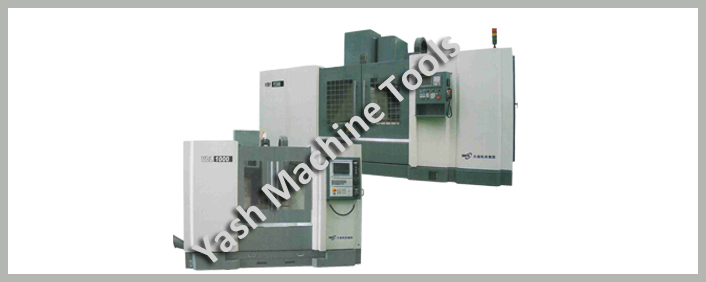Benefits of a Vertical Machining Center
When it comes to making complex parts, a Vertical Machining Center (VMC) can be a great option. This machine can consistently produce parts with a high degree of accuracy. Another benefit of a VMC is that it is easy to use and can be set up to repeat operations. In this article, we will discuss the benefits of a VMC, its cost, and what to look for when buying one.
Vertical Machining Center Spindle Orientation
A vertical machining center can have variable spindle orientation. This control can be programmed to perform orientation during machine movement. A poorly interfaced machine may have the spindle oriented while moving. In addition, some machines have a programmable logic controller (PLC) that will automatically perform this function. Spindle orientation is an essential part of a vertical machining center’s function, and many manufacturers have taken the time to create the proper controls.
A vertical machining center has a vertical spindle, and is usually used for precision machining. In contrast, a horizontal machine is used for heavy duty and production work. A stable machine tool is essential to a high degree of precision. The following table lists the characteristics of a vertical machining center. Spindle orientation is critical in machining work for many reasons. The first is the machining center’s design. The second is its machining capacity.
High Speed Rotary Axes for Vertical Machining Center
High-speed rotary axes are the key component of a modern machining center. In addition to providing precision, these axes can reduce the overall cost of machining. They can reach all five sides of a part without the need for additional turning or setup. To demonstrate the versatility of a high-speed rotary axes machine, try holding an object vertically and moving it. You’ll be amazed by how far you can tip an object left or right, or forwards. You’ll be able to move the axes simultaneously, and with high-speed accuracy.

In addition to their high-speed capabilities, these axes also have a variety of features. One such feature is tool management, which records the date of each machining process and provides overload protection. A workpiece management feature includes a built-in CCD camera to continuously monitor workpiece characteristics and compensate program coordinates for maximum precision. Some key specifications to look for in a vertical machining center include a 1-G rapid traverse rate and 75 m/min, as well as 50/100 rpms in the A/C axes. Single-spindle machines offer a travel range of 710mm, while twin-spindle models provide a travel range of 300mm.
Cost of a Vertical Machining Center
If you need to produce high-precision parts in a short time, you should consider purchasing a 5-axis vertical machining center. These centers are capable of delivering impressive metal removal rates and feature a solid double-column construction for stability and thermal stability. They can cut a variety of materials, including aluminum, soft metals, and titanium. They are also a great choice for high-speed roughing and finishing. The cost of a 5-axis vertical machining center will depend on several factors, including the model and the features you need. Modern vertical machining centers can cost hundreds of thousands of dollars, so determining the price of a machine that suits your budget is essential. While there are low-cost options available, high-end models can significantly increase your bottom line. The higher-end models offer more capabilities and features at a lower price, so it’s important to compare models before committing to a purchase. But remember, you won’t have to spend hundreds of thousands of dollars to get the machine you need.
- How Lathe Machine Manufacturers are Powering the Nation’s Engineering Growth in Canada?
- How Chamfer Machines Are Streamlining Metalwork in the UK’s Manufacturing Sector?
- How Feed Rate Adjustments Improve Surface Finish in Vertical CNC Milling Machines?
- How Radial Drilling Machines Achieve Low Vibration and Distortion Resistance?
- From Design to Execution: How CNC Press Brakes Ensure Seamless Workflow
- How to Optimize Sheet Metal Operations Using a Hydraulic Press Brake?


